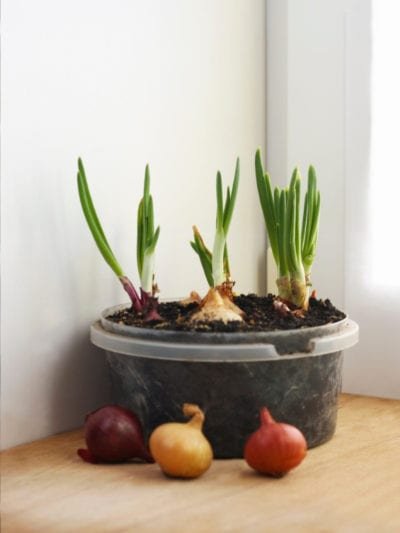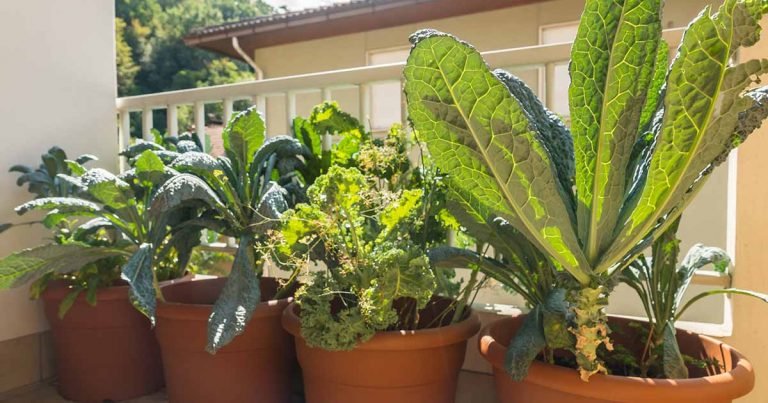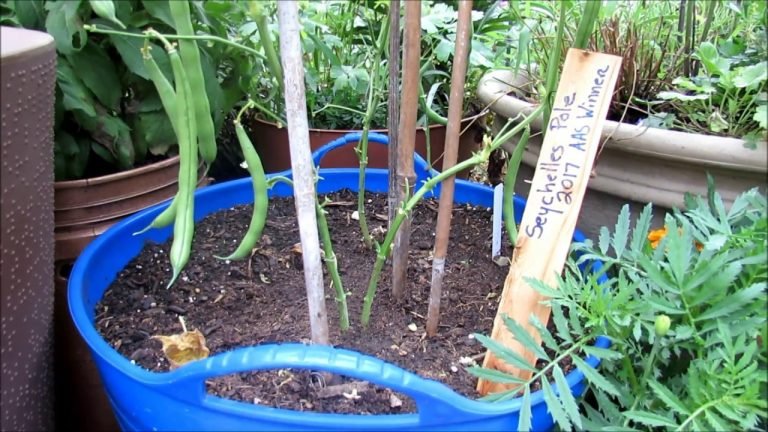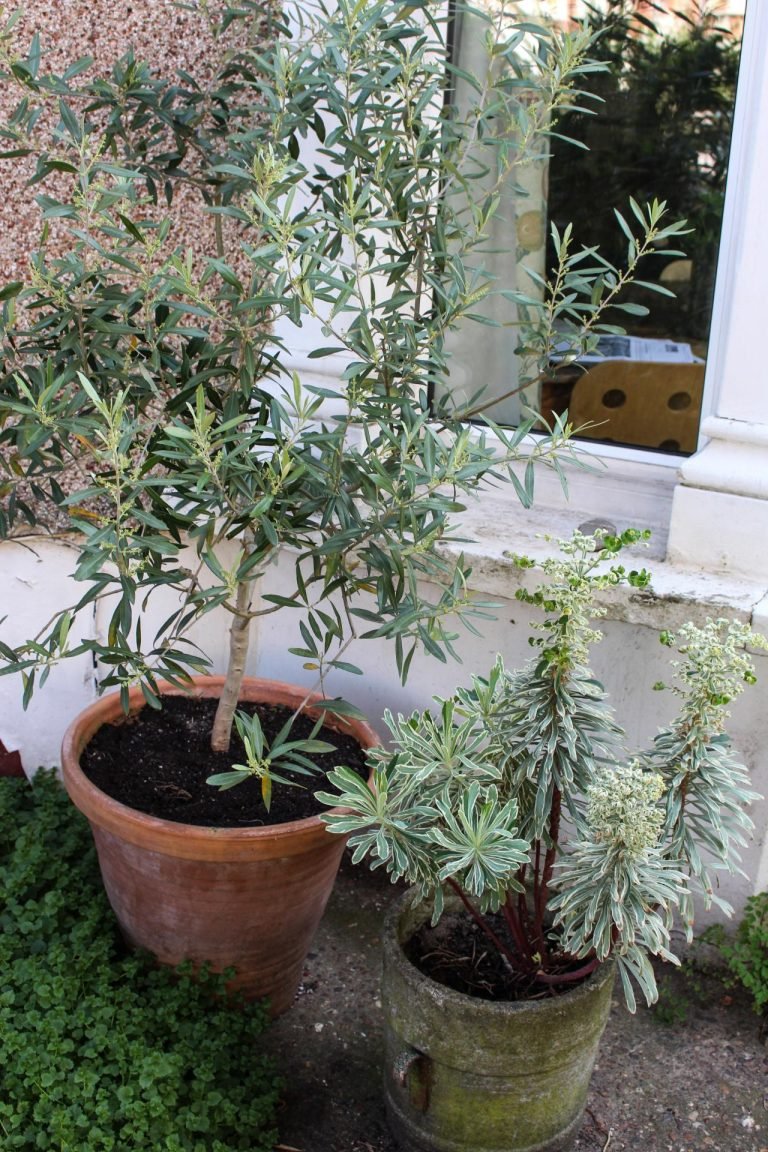how to grow onions in a pot – [Beginners Guide]
Hey there! Have you ever thought about growing your own onions at home? It’s a great idea, especially if you’re short on space or want to have fresh onions on hand all year round. And the best part is, you can grow them in pots!
I’ve been growing onions in pots for a few years now, and I’ve found it to be a fun and easy way to grow my own produce. Plus, it’s a great way to save money on groceries. Onions are a staple ingredient in many dishes, and having them fresh and readily available can make cooking a lot more enjoyable. I’ve found that growing onions in pots is a great way to make the most of a small outdoor space or even to have them indoors.
Growing onions in pots is also a great way to control the environment for your plants. You can ensure that the soil is of the right quality, the pot is in the right location and gets the right amount of sunlight, and that you can easily water the plants. You can even move the pots around to ensure that the plants get the best possible conditions.
Here’s a quick breakdown of what you’ll need to get started:
- Onion sets or seedlings
- A pot with drainage holes (minimum 12 inches deep and wide)
- Quality potting soil
- Fertilizer (optional)
In my next post, I’ll go into more detail about how to actually grow onions in pots, including tips and tricks for getting the best results. But for now, just know that it’s a fun and easy way to grow your own onions at home, and it’s definitely worth a try!
Pot or container selection
When it comes to growing onions in pots at home, the most important factor to consider is the size and capacity of the pot. Onions have a relatively shallow root system, so they don’t need a lot of space to grow. However, they do need a pot that is deep enough to provide adequate drainage and support for the plant.
I recommend using a pot that is at least 12 inches deep and wide. This will give the onions enough room to grow and develop a healthy root system. It’s also important to make sure that the pot has drainage holes at the bottom to allow excess water to escape. This will prevent waterlogging, which can lead to root rot and other issues.
When it comes to the construction of the pot, it’s best to use a sturdy material that can withstand the elements. Terracotta, plastic, and metal pots all work well for growing onions. But, I personally prefer to use plastic pots because they are lightweight, durable and easier to move around. They are also less likely to crack or break in extreme weather conditions.
It’s important to note that, onions prefer a well-draining soil and a lot of sunlight. So, make sure to place the pot in an area that gets at least 6 hours of direct sunlight per day. And if you’re growing onions indoors, make sure to place the pot near a sunny window or under grow lights. With the right pot and the right conditions, you can grow onions that are healthy, flavorful, and delicious!
Make suitable soil mix
When it comes to growing onions at home, the type of soil you use is just as important as the size and construction of the pot. Onions require well-draining soil that is rich in nutrients to grow and develop properly.
One of the best soil mix for growing onions is a combination of potting soil, vermiculite or perlite, and compost. Potting soil provides a good base for the onions to grow, while vermiculite or perlite helps to improve drainage and aeration. Compost adds organic matter to the soil, which helps to provide the onions with the nutrients they need to thrive.
Another important aspect of soil composition is the pH level. Onions prefer a slightly acidic soil with a pH between 6.0 and 6.8. It is important to test the pH level of your soil before planting. If the pH level is too high, it can cause the onions to become stunted and yellowed. You can lower the pH level by adding sulfur to the soil.
It’s also important to ensure that the soil is well-aerated and has good drainage to prevent waterlogging. If the soil is heavy or clay-like, you can add some sand or perlite to improve the drainage. And make sure to keep the soil consistently moist but not waterlogged. You can check the soil moisture by sticking your finger about an inch deep into the soil. If the soil is dry, it’s time to water.
By providing the onions with the right type of soil and the right soil conditions, you’ll be well on your way to growing healthy, flavorful onions that are perfect for adding to your favorite dishes!
How to plant the onions?
To plant onions in a pot at home, follow these steps:
- Choose a container that is at least 12 inches deep and 12 inches wide. Drainage holes are necessary for proper drainage.
- Fill the container with a high-quality potting soil that is well-draining.
- Plant onion bulbs about an inch deep and 4 inches apart, with the pointed end facing up.
- Water the soil thoroughly and keep it consistently moist but not waterlogged.
- Place the container in an area that receives full sun, ideally 6-8 hours per day.
- As the onions grow, thin out the weaker plants so that the remaining onions have enough room to grow.
- When the onion tops begin to yellow and flop over, it is time to harvest.
Note: It is important to use high-quality potting soil and to plant the bulbs at the appropriate depth and spacing. Consistent moisture and full sun exposure are also crucial for healthy growth and development.
How to care for onions?
Watering Requirement
Onions require consistent moisture to grow properly. The soil should be kept consistently moist, but not waterlogged. It is best to water the onions deeply and infrequently, rather than lightly and frequently. During dry spells, it may be necessary to water the onions more frequently to maintain the proper moisture level in the soil. A good rule of thumb is to water the onions when the top inch of soil is dry.
Fertilizer Requirement
Onions are heavy feeders and will benefit from regular fertilization. A balanced fertilizer with equal parts nitrogen, phosphorus, and potassium is best. It is important to follow the instructions on the fertilizer package for the correct amount to use. Fertilizer should be applied every 2-4 weeks during the growing season.
Sunlight Needs
Onions require full sunlight to grow properly. They should be planted in an area that receives at least 6 hours of direct sunlight per day. If the onions are not receiving enough sunlight, they will become weak and spindly, and will not produce bulbs of good quality.
Pruning & Training
Onions do not require pruning, but it is important to remove any damaged or yellowing leaves. This will help to prevent disease and pests. In addition, it is also important to regularly check the onions for pests and diseases and to take action if any are found.
Other Care
- Keep the soil pH around 6.0-6.5
- Onions are sensitive to frost, so it is important to plant them at the right time in the growing season.
- Space the plants 4-6 inches apart to ensure good air circulation and to prevent disease.
- The onions will be ready to harvest when the tops of the plants begin to fall over and turn yellow.
It is important to be consistent with watering and fertilization, as well as ensuring that the onions receive enough sunlight and to keep an eye out for pests and diseases.
Common problems
Pest Problems
Onions grown in pots can be susceptible to a variety of pests, including aphids, thrips, and onion maggots. These pests can cause damage to the foliage, bulbs, and roots of the onions, and can also transmit diseases. To control pest problems, it is important to regularly check the onions for signs of infestation and to take action if any are found.
Disease Problems
Onions grown in pots can also be susceptible to a variety of diseases, including onion white rot, onion downy mildew, and bulb rot. These diseases can cause damage to the foliage, bulbs, and roots of the onions, and can also reduce onion yields. To control disease problems, it is important to practice good cultural care, such as proper irrigation and fertilization, and to remove any infected plants to prevent the spread of the disease.
Poor Production
Onions grown in pots may not produce as well as those grown in the ground due to limited soil volume, which may not provide enough nutrients and water to support the growth of the onions. Also, Onions grown in pots may not produce bulbs as large as those grown in the ground. To improve production, it is important to ensure that the onions receive enough sunlight, water and fertilization, and to use a high-quality potting mix.
Other issues
- Watering is important, but over-watering can lead to bulb rot.
- Choose the right size pot, a too small pot will restrict the growth of the onion.
- Onions require full sunlight to grow properly, if they are not receiving enough sunlight, they will become weak and spindly and will not produce bulbs of good quality.
It is important to regularly check the onions for pests, diseases, and other issues and to take action as soon as any problems are detected. Proper cultural care and using a high-quality potting mix can help to improve production and avoid problems.
Harvesting & storing homegrown onions
When to harvest
Onions are ready to harvest when the tops of the plants begin to fall over and turn yellow. This is a sign that the bulbs are mature and ready to be harvested. It is important to wait until the tops have fallen over and turned yellow, as harvesting the onions too early will result in small, underdeveloped bulbs. The onions should be harvested during a dry day and with dry soil.
How to harvest
To harvest the onions, gently pull them from the soil by the tops. Be careful not to damage the bulbs. Once the onions have been harvested, they should be allowed to dry in the sun for a few days before storage. This will help to cure the bulbs and to prevent rot.
How to know when they are ready for harvesting
- The tops of the plants begin to fall over and turn yellow.
- The onion leaves are dry and papery
- Bulbs are firm and have a good size
How to store
Once the onions have been harvested and dried, they should be stored in a cool, dry place. A good storage temperature is between 32 and 40 degrees Fahrenheit, with low humidity. Onions should be stored in a well-ventilated area to prevent rot. They can be stored for up to 8 months under the right conditions.
It is important to harvest the onions at the right time and to cure and store them properly to ensure the best flavor and longest storage life.
Growing onions in container – Conclusion
Conclusion
Growing onions in a pot can be a great way to have a homegrown vegetable. With the right care, onions can be grown successfully in a pot, and they will provide a bountiful harvest of delicious bulbs.
It is important to:
- Provide consistent moisture to the soil
- Fertilize regularly with balanced fertilizer
- Provide full sunlight
- Remove damaged or yellowing leaves to prevent disease
- Regularly check for pests and diseases
- Harvest at the right time and store them properly
By following these guidelines, you will be able to grow healthy and productive onions in a pot. The taste of fresh homegrown onions is an experience to be cherished, so why not give it a try at home!
Growing onions in a pot is a fun and rewarding experience. With proper care and attention, you can enjoy a bountiful harvest of fresh, flavorful onions.








